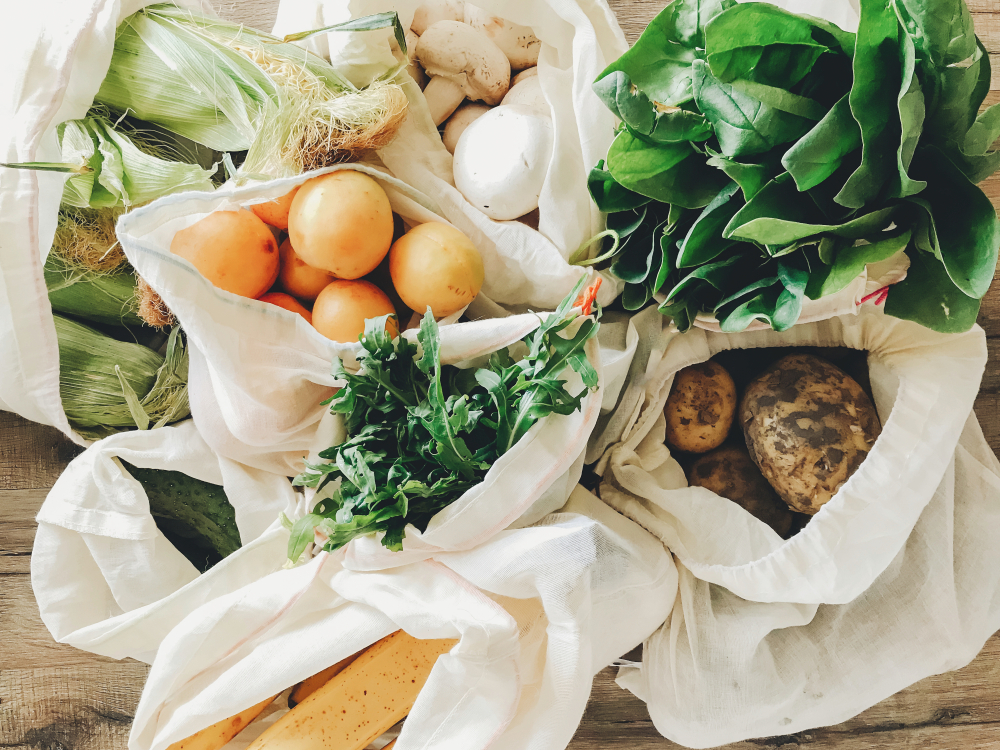How the “wettest year in Ohio history” could affect your grocery shopping

While the rain may be ruining your weekend plans, it’s ruining the livelihoods of farmers around the state and, potentially, your grocery list. We are currently experiencing the wettest yearlong period in Ohio history, causing the state to be the farthest behind in planting corn and soybeans compared to all states that plant the crops, according to experts from The Ohio State University and federal reports.
And the trickle-down effect may impact your grocery shopping.
“Individual shoppers looking for specific items may experience hiccups in their availability or swings in their price,” said Ohio State University Department of Horticulture and Crop Science professor Matthew D. Kleinhenz, PhD.
As of June 9, only 50% of Ohio’s corn crop and 32% of its soybean crop was planted, a report from the U.S. Department of Agriculture shows. By now, Ohio typically is 96% done with planting corn and 89% done with soybeans, reports the College of Food, Agricultural, and Environmental Sciences at Ohio State.
BROUGHT TO YOU BY
But, the problems aren’t over once farmers get their crops in the ground.
“The growers who have been able to plant a corn or soybean crop likely will have to contend with other challenges that come with a lot of rainfall: more weeds, pests, and diseases,” reports Ohio State.
Though consumers may have more limited or more expensive offerings in the produce section this harvest season, the impact of the rain will have little effect on your shopping experience.
In my opinion, on the whole, Central Ohio shoppers can expect little change in the availability, etc of produce,” assured Kleinhenz. “The supply of produce is very resilient thanks to farms being located in many areas, the expertise of farmers, and other factors.”
Kleinhenz also reminds shoppers to remain patient and positive when something they’re looking for is not available, and use this time to enjoy what is available from growers.
BROUGHT TO YOU BY




